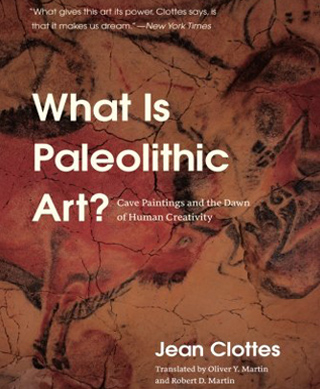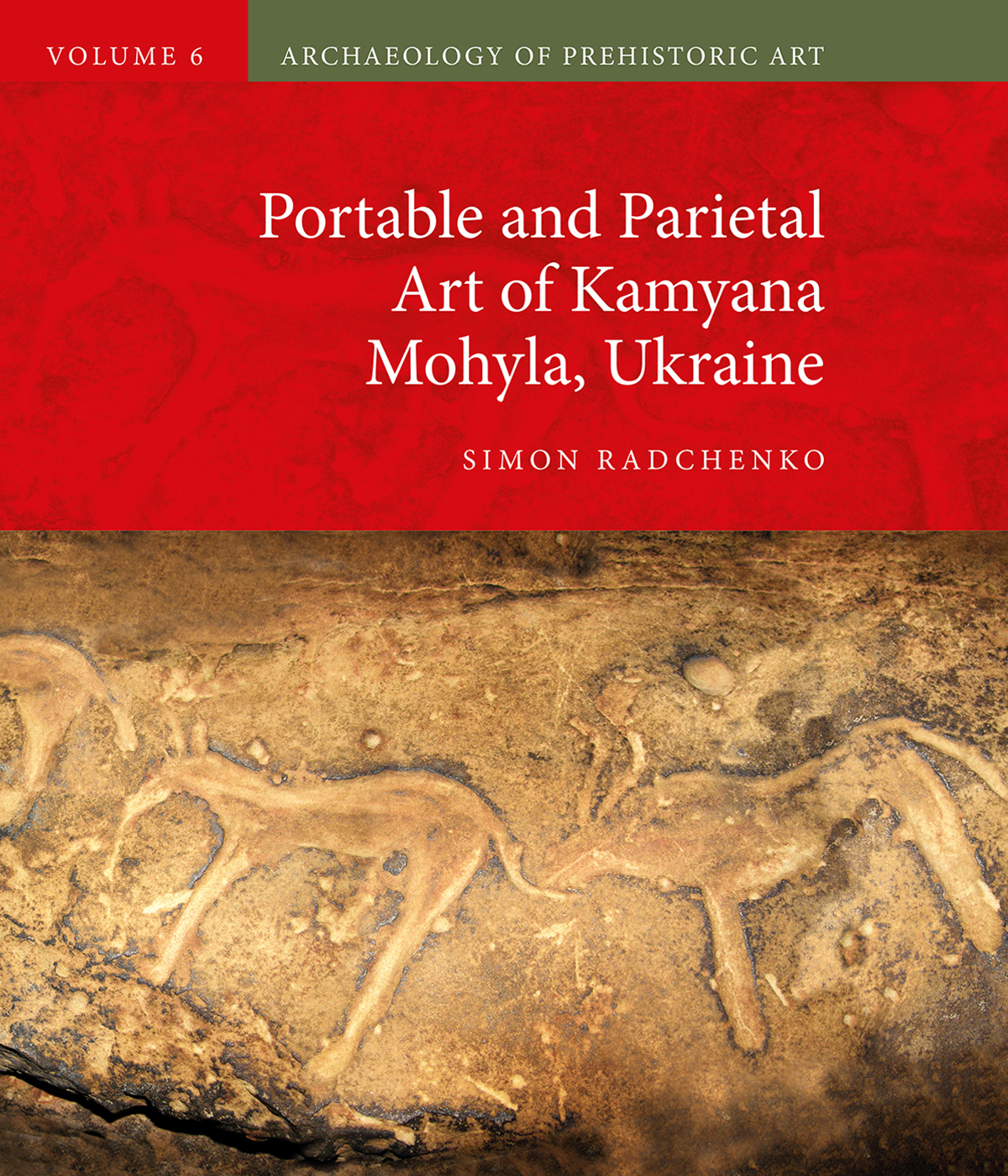


by Jean Clottes
Was it a trick of the light that drew our Stone Age ancestors into caves to paint in charcoal and red hematite, to watch the heads of lions, likenesses of bison, horses, and aurochs in the reliefs of the walls, as they flickered by firelight? Or was it something deeper a creative impulse, a spiritual dawn, a shamanistic conception of the world efflorescing in the dark, dank spaces beneath the surface of the earth where the spirits were literally at hand? In this book, Jean Clottes, one of the most renowned figures in the study of cave paintings, pursues an answer to this why of Paleolithic art. While other books focus on particular sites and surveys, Clottes s work is a contemplative journey across the world, a personal reflection on how we have viewed these paintings in the past, what we learn from looking at them across geographies, and what these paintings may have meant what function they may have served for their artists. Steeped in Clottes's shamanistic theories of cave painting, 'What Is Paleolithic Art?' travels from well-known Ice Age sites like Chauvet, Altamira, and Lascaux to visits with contemporary aboriginal artists, evoking a continuum between the cave paintings of our prehistoric past and the living rock art of today. Clottes's work lifts us from the darkness of our Paleolithic origins to reveal, by firelight, how we think, why we create, why we believe, and who we are.
- Paperback: 214 pages
- Publisher: University of Chicago Press (12 April 2016)
- Language: English
- ISBN-10:022626663X
- ISBN-13:978-0226266633
- Product Dimensions: 15.2 x 1.8 x 22.9 cm
Review by Steven Mithen:
'The shadows on the wall': Watching a great mind decode cave art is a rare joy, finds Steven Mithen - New Scientist 14 May 2016.
Jean Clottes has been looking at and thinking about the cave paintings of ice age Europe for almost half a century. I can't imagine anyone has a greater knowledge about the paintings, carvings, sculptures and their associated archaeology than this great prehistorian. It's not just greater knowledge, but an emotional response: I've seen tears come into his eyes as he was describing a painting that he must have seen and talked about many times before, and that still tugged at his heart as much as his brain. Clottes's enormous depth of learning and affection emanate from every page of this book, originally published as 'Pourquoi l'art prehistorique?'
The presumably deliberate mistranslation of the French title by the publishers into What is Paleolithic Art? is misleading to the reader and does Clottes a disservice. Within the first few pages Clottes is quite clear that his intention is to address the 'why' not the 'what' about cave art. Indeed, the book assumes that the reader already has a grasp of what the art is about.
The book: It rests on almost half a century of looking and learning by Clottes and concludes with the modesty only great minds possess: "At the end of the day, if we have only very few certainties, by exercising caution and building on what is known and what is probable, I feel that we are able to approach these distant hunters of the Paleolithic with somewhat greater success."
Review by Jill Cook:
'Old masters, early cultures' - Nature Vol 532 21 April 2016:
Subtle, imaginative and brilliantly accomplished, the images of animals and humans found in caves and dated from the end of the last Ice Age, between 40,000 and 10,000 years ago, continue to astonish us. The emotions and motives that inspired them beg to be understood. In What is Paleolithic Art?, Jean Clottes, the renowned cave- and rock-art specialist, suggests some answers.
This is a thought-provoking book about complex societies that endeavoured to understand the world in their own various ways. For anyone interested in Ice Age art, Clottes's enthusiasm cannot fail to energize, inspire and provide caution to their own investigations.
Jean Clottes:
Jean Clottes is a prominent French prehistorian. He was born in the French Pyrénées in 1933 and began to study archaeology in 1959, while teaching high school. He initially focused on Neolithic dolmens, which were the topic of his 1975 Ph.D. thesis at the University of Toulouse. After being appointed director of prehistoric antiquities for the Midi-Pyrénées in 1971, he began to study prehistoric cave art in order to fulfill the responsibilities of that position. In the following years he led a series of excavations of prehistoric sites in the region. In 1992, he was named General Inspector for Archaeology at the French Ministry of Culture; in 1993 he was appointed Scientific Advisor for prehistoric rock art at the French Ministry of Culture. He formally retired in 1999, but remains an active contributor to the field.
To date he has written over 300 scientific papers, and has edited, co-edited, written, or co-authored a total of over 20 books. He has also lectured around the world, taught at the University of Toulouse and the University of California at Berkeley, and engaged in numerous public outreach and professional service activities. He has received several honors from the French government and also from the Blue Tuareg people of the Sahara Desert, who made him an honorary Tuareg in 2007.
→ Bradshaw Foundation - Book Review
→ French Cave Paintings & Rock Art Archive
→ Paleolithic Cave Art in France
→ Dr Jean Clottes
by Kate Winter
13 November 2025 Book Review Archive
→ Neolithic Tombs of Wales
by George Nash
19 November 2024
by Simon Radchenko
22 May 2024
by Meenakshi Dubey-Pathak and Jean Clottes
10 November 2023
by Paola Demattè
12 January 2023
by Paul Pettitt
10 November 2022
by George Nash
19 November 2024
by Simon Radchenko
22 May 2024
by Meenakshi Dubey-Pathak and Jean Clottes
10 November 2023
by Paola Demattè
12 January 2023
by Paul Pettitt
10 November 2022
Friend of the Foundation
by George Nash
19 November 2024
by Simon Radchenko
22 May 2024
by Meenakshi Dubey-Pathak and Jean Clottes
10 November 2023
by Paola Demattè
12 January 2023
by Paul Pettitt
10 November 2022














